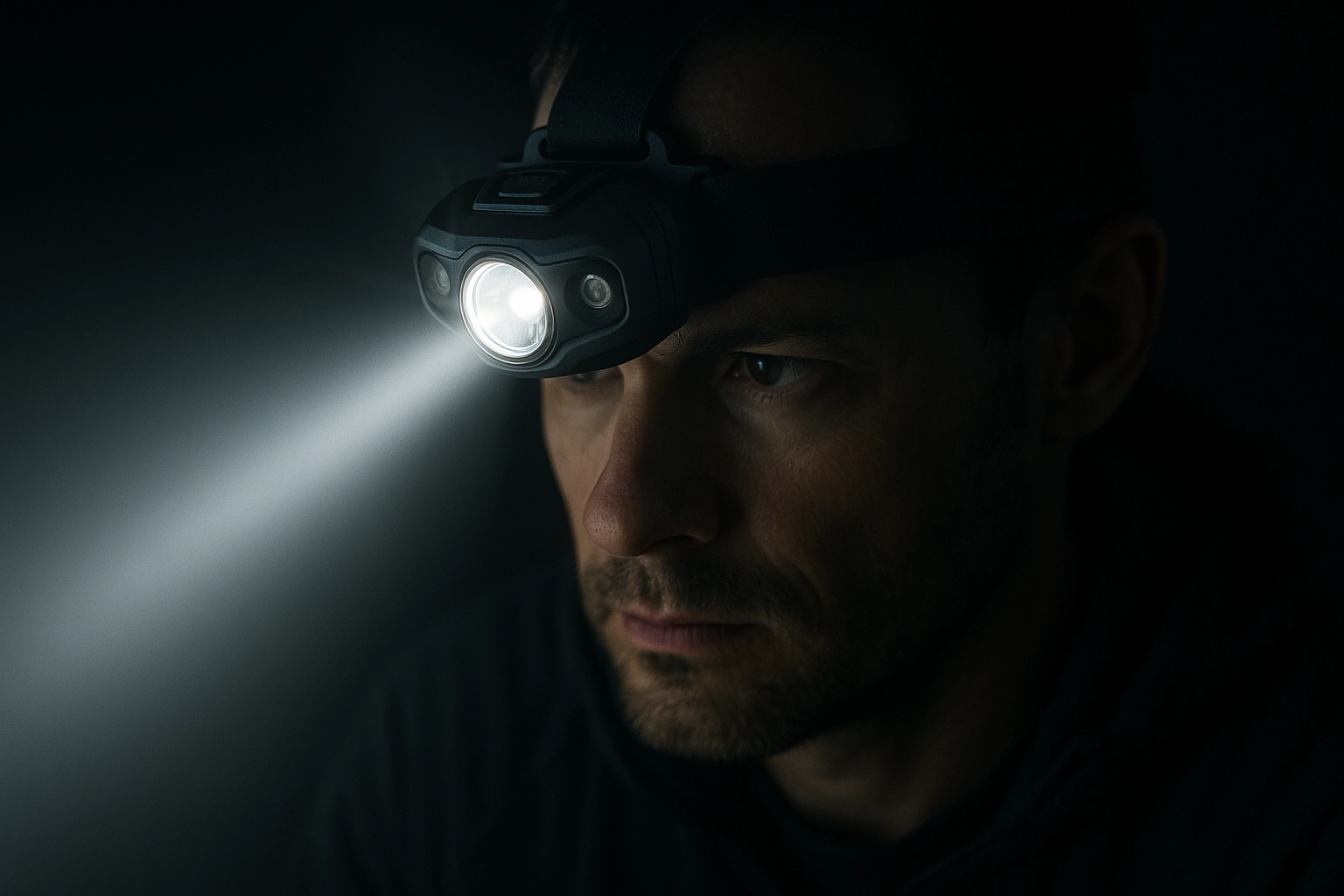IEC 60529 – IP Code Dust/Water Ingress Protection Testing for Headlamps
The International Electrotechnical Commission (IEC) standard, IEC 60529, defines the grading of protection provided by electrical enclosures against access to hazardous parts and the ingress of foreign objects such as dust and water. In the automotive sector, this standard is critical for ensuring that headlamps maintain their integrity under various environmental conditions.
Headlamp assemblies are exposed to a wide range of environmental factors during vehicle operation, including road salt, sand, rain, and extreme temperatures. The IP rating system provides a standardized method to classify the level of protection against these elements. For instance, an IP67 rating indicates that the headlamp can be immersed in water up to 1 meter deep for 30 minutes without ingress of water causing damage or impairing performance.
The testing process involves subjecting the headlamp assembly to a series of controlled environmental exposures and measurements. This includes dust ingress tests, where the amount of dust that penetrates the housing is quantified, and water ingress tests, which measure the effectiveness of seals against penetration by liquids.
Testing typically starts with a visual inspection followed by dimensional checks using precision tools to ensure the headlamp meets design specifications. The specimen preparation involves cleaning the headlamp according to IEC 60529 requirements to remove any dust or contaminants that could affect the test results. Once prepared, the headlamp is placed in a testing chamber where it undergoes exposure to various environmental conditions.
The testing apparatus includes specialized chambers capable of simulating real-world conditions such as high humidity, sandstorms, and immersion in water. Sensors within these chambers monitor temperature, humidity, pressure, and other parameters to ensure the tests are conducted under controlled conditions that replicate actual usage scenarios.
After the exposure period, further inspections are performed to assess any changes in the headlamp's appearance or functionality. The amount of dust ingress is measured using gravimetric analysis, while water ingress is determined by visual inspection and resistance measurements across the terminals.
The results of these tests provide critical data that helps manufacturers ensure compliance with automotive industry standards and customer expectations. By adhering to IEC 60529 testing protocols, manufacturers can demonstrate that their headlamp assemblies meet stringent protection requirements, thereby enhancing vehicle safety and reliability.
- Visual Inspection: Initial check for any visible signs of damage or degradation after exposure.
- Dust Ingress Measurement: Quantitative assessment using gravimetric methods to determine the amount of dust that has entered the headlamp.
- Water Ingress Testing: Visual and electrical checks to confirm the integrity of seals against water penetration.
Applied Standards
The IEC 60529 standard is widely recognized in the automotive industry for its comprehensive approach to defining IP ratings. It provides a framework for testing and specifying the protection levels against dust, water, and other foreign objects. In addition to this primary standard, other relevant standards such as ISO 14830 and SAE J1769 are often referenced when conducting thorough lighting tests in automotive applications.
ISO 14830 focuses on the performance of headlamps under various environmental conditions, ensuring they meet luminous intensity requirements even after exposure to harsh environments. SAE J1769 addresses the test methods for headlamp dust and sand ingress protection, aligning closely with IEC 60529.
By incorporating these standards into our testing protocols, we ensure that all tests are conducted in accordance with international best practices, providing reliable results that can be trusted by manufacturers and regulatory bodies alike.





